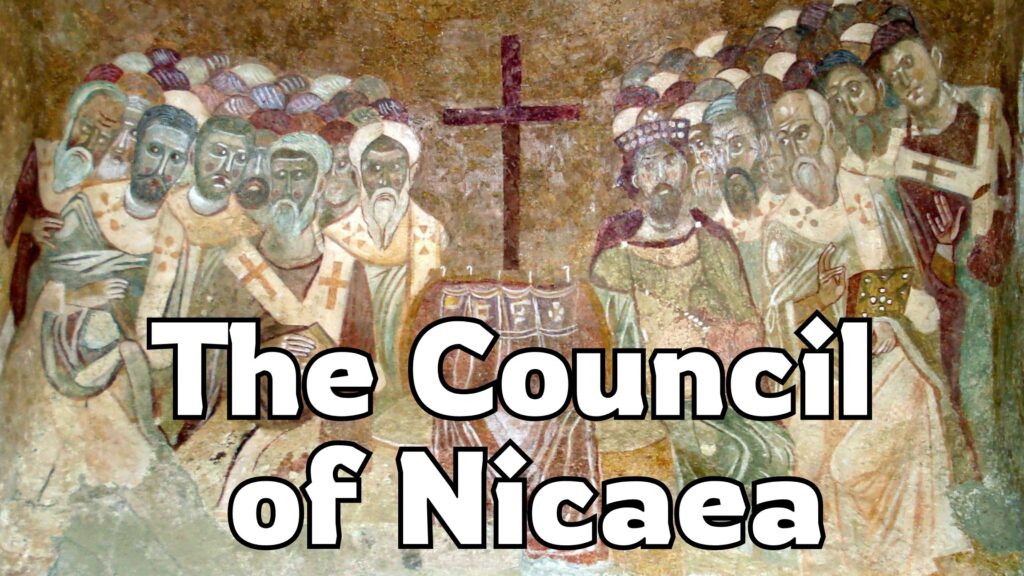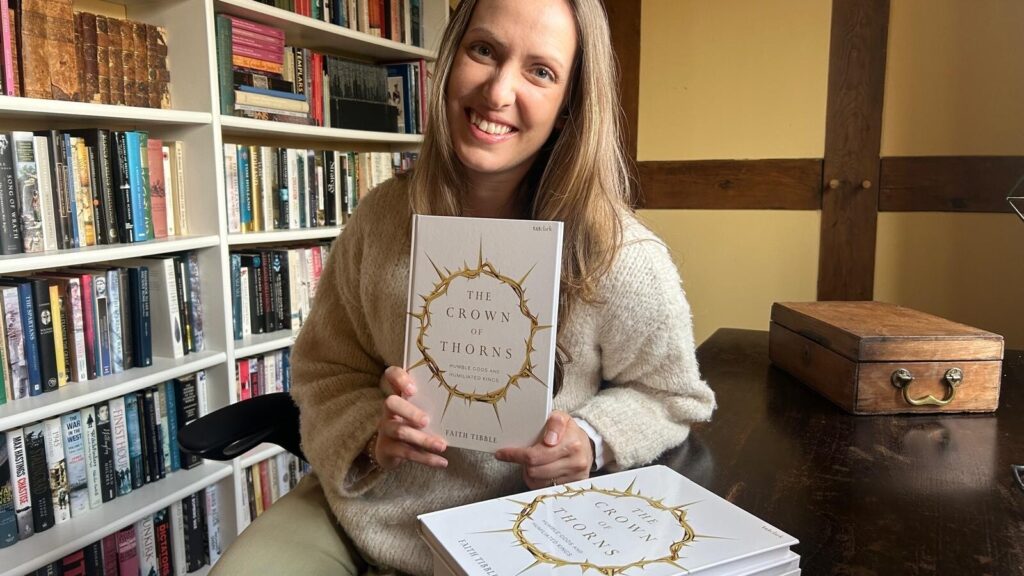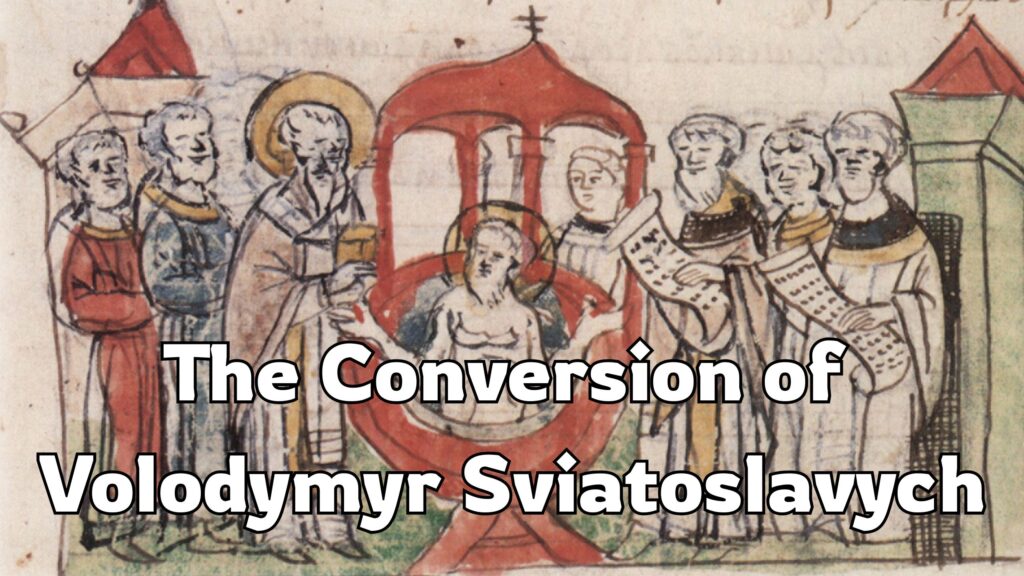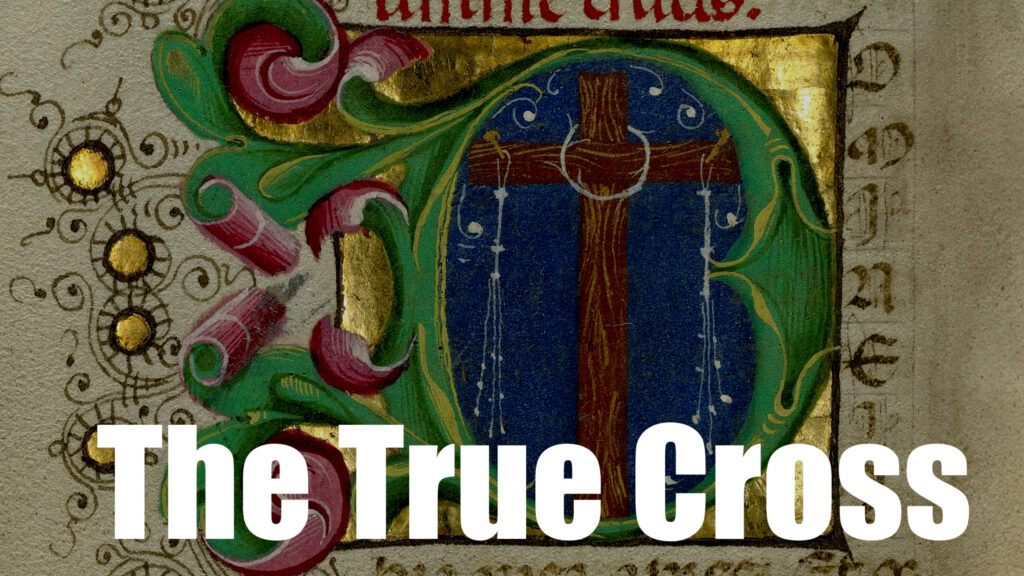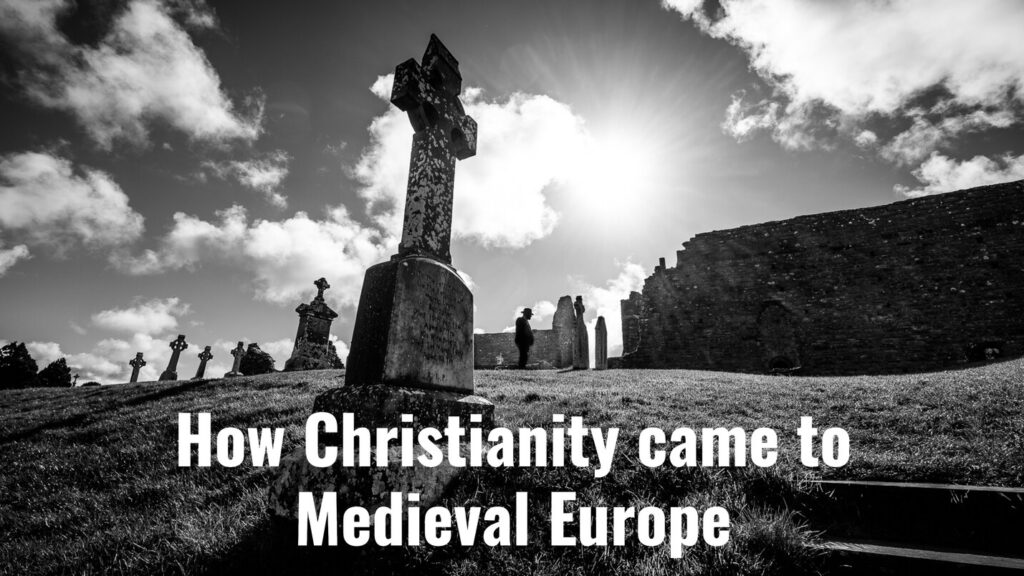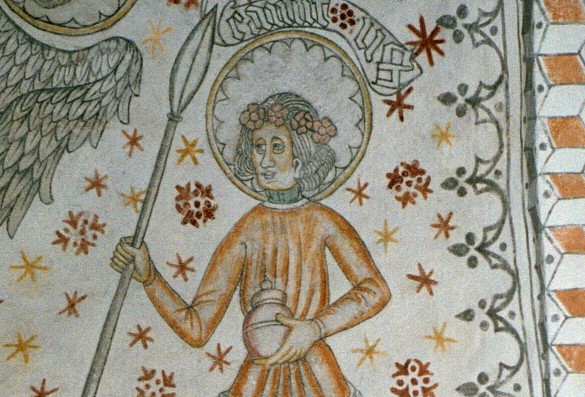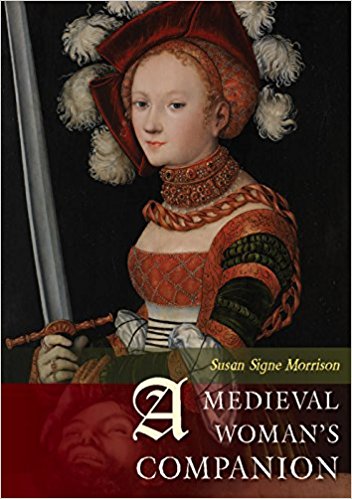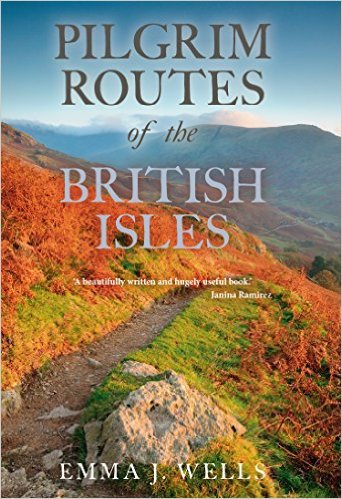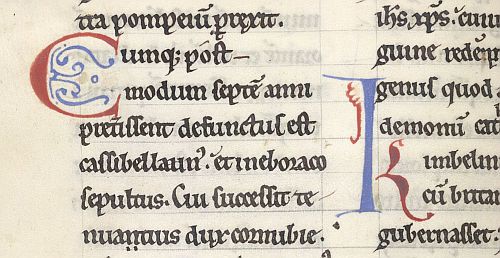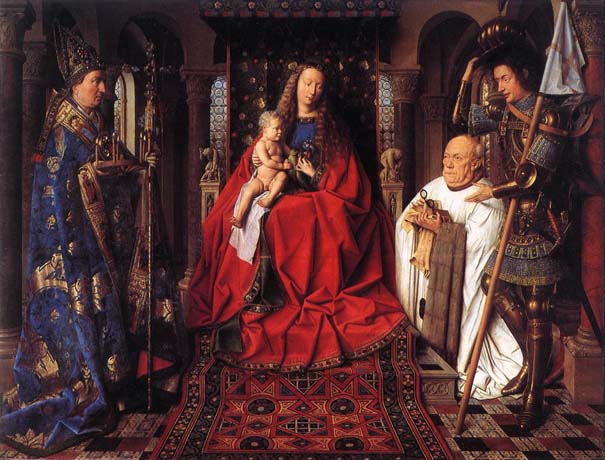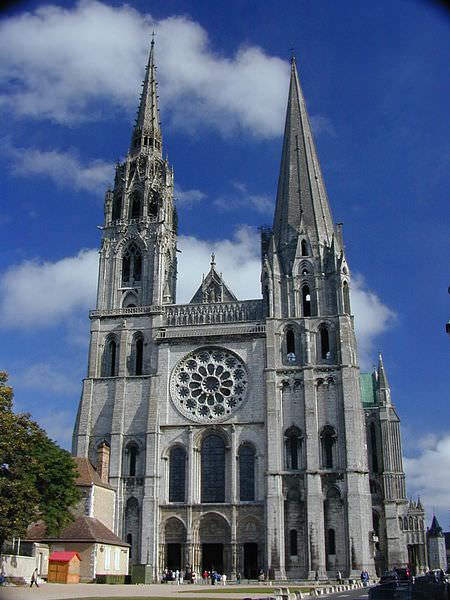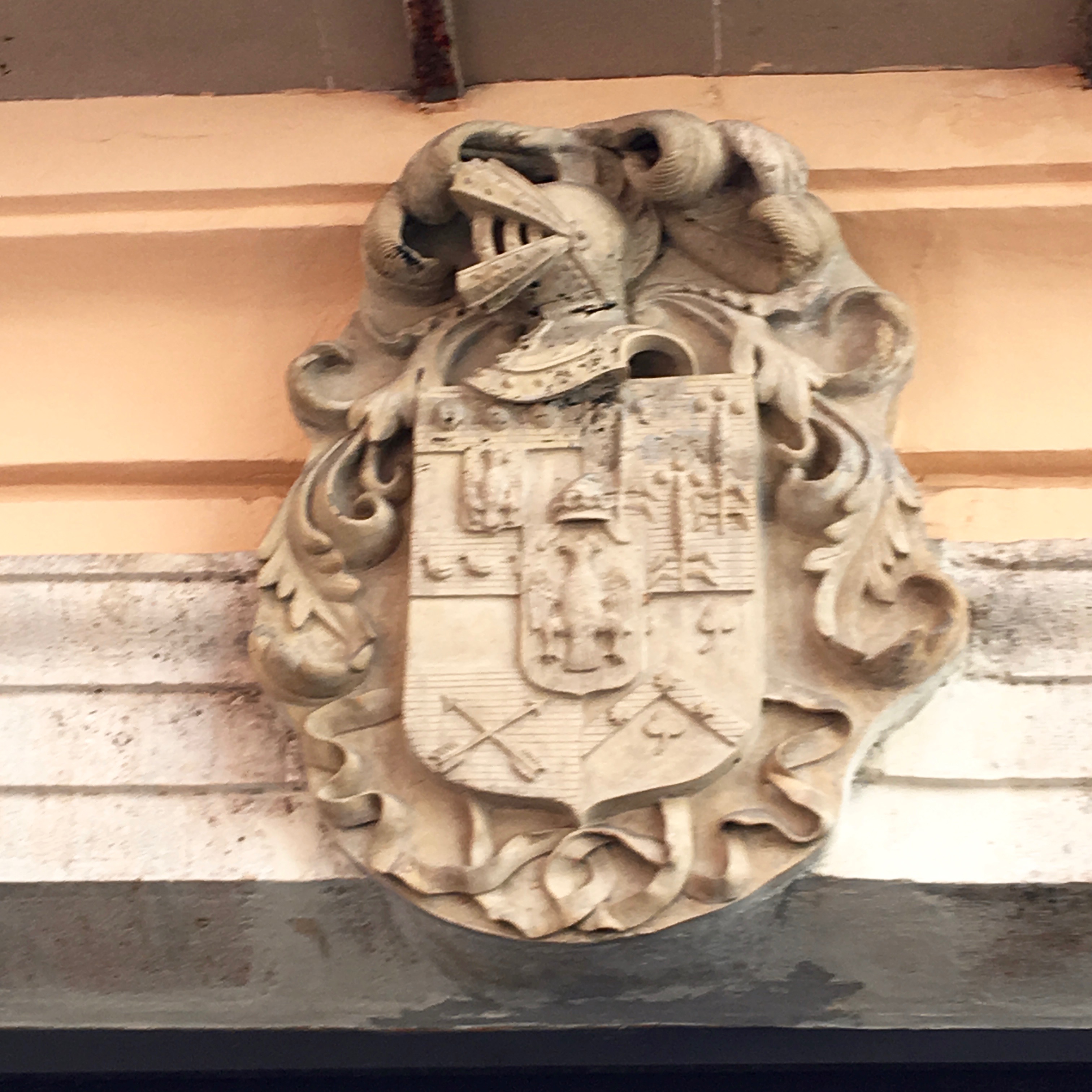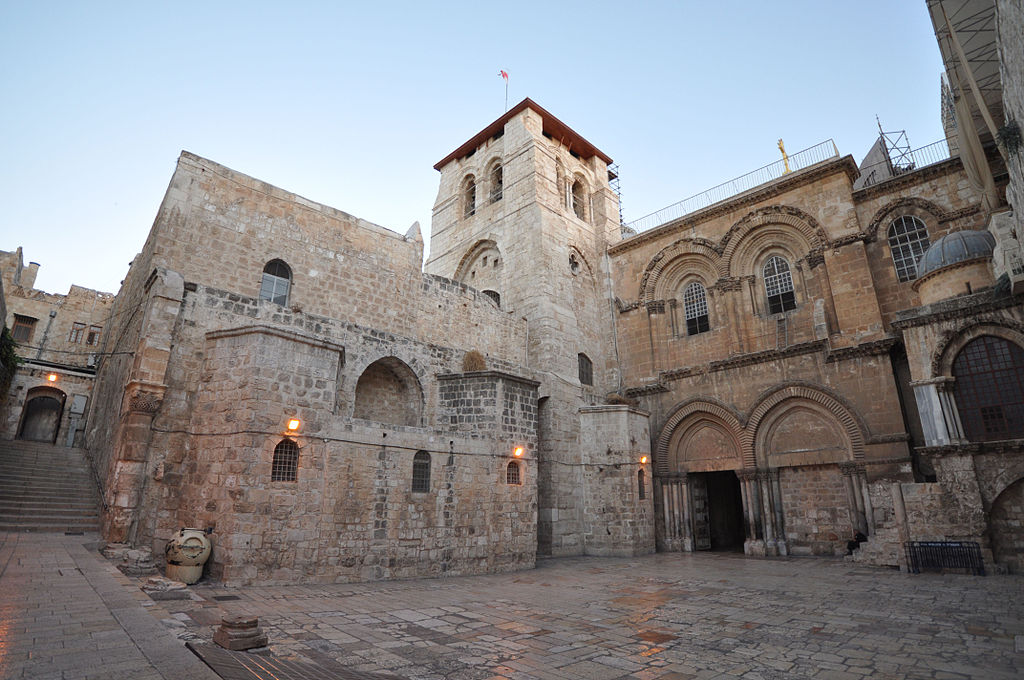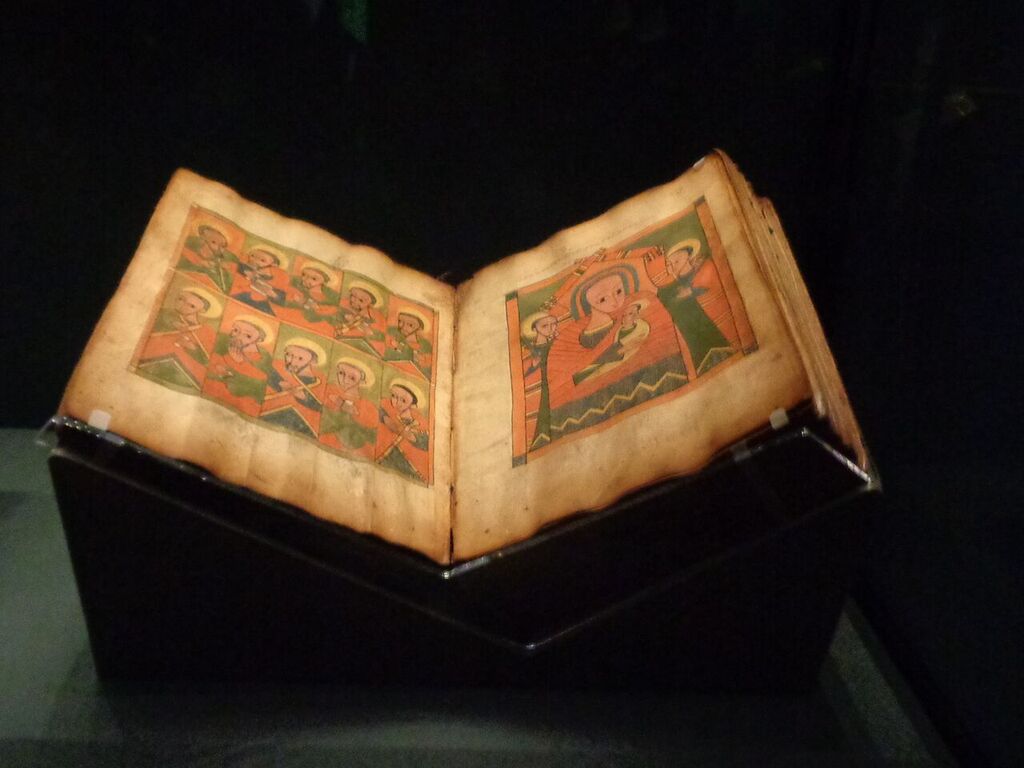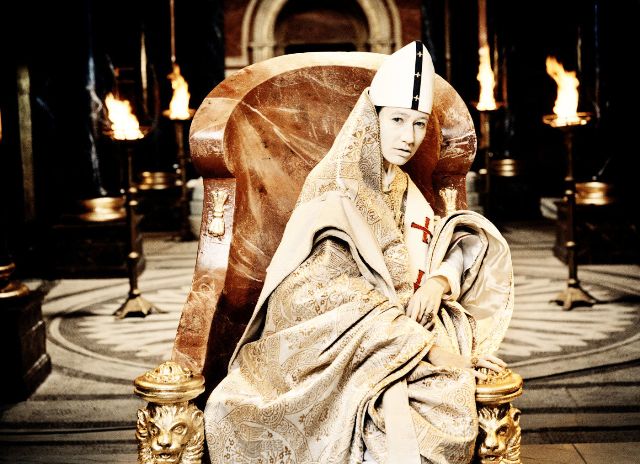How the Council of Nicaea Shaped the Medieval Church
Discover how the Council of Nicaea not only defined early Christian doctrine but also laid the foundations for the medieval Church’s authority, canon law, and institutional structure, shaping the course of European history for centuries.
Faith Tibble and the Crown of Thorns: Rethinking a Medieval Icon
Faith Tibble’s new book, The Crown of Thorns: Humble Gods and Humiliated Kings, challenges centuries of assumptions about one of Christianity’s most iconic symbols. Drawing on meticulous research and a storyteller’s touch, she invites readers to look again at the medieval art they thought they knew.
The Tale of Bygone Years: Volodymyr Sviatoslavych and the Christianization of Rus′
The Tale of Bygone Years preserves one of the most detailed accounts of a ruler’s conversion in medieval Europe — the baptism of Volodymyr Sviatoslavych, ruler of Rus′. His path to Christianity, set against the backdrop of 10th-century royal conversions, reveals a complex interplay of politics, religion, and diplomacy.
Can We Build a Forest from It or Not? Investigating the Relics of the True Cross
Did the relics of the True Cross really add up to a whole forest? This article explores medieval claims, 12th-century letters, and the ongoing debate over the authenticity of Christianity’s most famous relic.
5 Things You Didn’t Know About the Crown of Thorns
Discover five surprising facts about the Crown of Thorns, from its origins as a leafy wreath to its role in medieval kingship and Christian art.
New Medieval Books: Easter
The origins and practices associated with the Christian festival of Easter are often a hotly debated topic. This book examines history of Easter and its connections with pagan religions.
Medieval Christianity Was More Connected Than You Think: The Ethiopian Monk’s Story
One Ethiopian monk’s bold attempt to reshape his church’s hierarchy offers a striking example of how Christian communities across the medieval world were deeply interconnected.
Call for Papers: Entangled Christianities (100-1500 CE)
International conference taking place at the Orthodox Academy of Crete in Greece on November 24-26, 2025
The Clogs of Christmas: A 12th-Century Legend
Originating from the popular tales of the 12th century, The Clogs of Christmas is a touching story of simplicity and faith, portraying how a poor boy’s kindness is rewarded on the Holy Night of Christmas.
New Medieval Books: Letters from the North
Eleven short documents, in Latin with an English translation, that report on efforts to convert pagan peoples in northern Germany and Scandinavia.
The Holy Foreskin: The Story of Christianity’s Strangest Relic
When I first heard about the Sanctum Praeputium I thought it was a joke thought up by some medievalist. However, in the Middle Ages there was much debate if a little piece of Jesus Christ remained on Earth.
Preaching Christianity in the Muslim Ilkhanate
The current paper tries to offer a new perspective by examining two Bible translations or arrangements into Persian that can be proved to have originated in this milieu, currently held in manuscript collections in Istanbul.
A new history of medieval Christianity, with Peter Heather
On Byzantium & Friends, it is a conversation with Peter Heather about his new book Christendom: The Triumph of a Religion, AD 300-1300.
How Christianity came to Medieval Europe
Nearly all the lands of Europe converted to Christianity during the Middle Ages. In this short guide, we take a look at how various lands adopted Christianity, including by means of missionary efforts, politics and warfare.
Imagining the Moment of Death, with Ellen Muehlberger
A conversation about death and the imagination with Ellen Muehlberger, based on her book Moment of Reckoning: Imagined Death and its Consequences in Late Antique Christianity.
Anglo-Danish Connections and the Organisation of the Early Danish Church: Contribution to a Debate
The Christianization of Northern Europe is closely linked to concepts of cultural transfer, transmission, and influence. Latin Christianity was essentially foreign to the medieval North, and foreign expertise was needed for the implementation of the Christian faith.
Book Review: A Medieval Woman’s Companion by Susan Signe Morrison
Susan Signe Morrison’s book, “A Medieval Woman’s Companion” brings the contributions of medieval women, famous and obscure, to the forefront in this fantastic introductory text.
BOOK REVIEW: Pilgrim Routes of the British Isles by Emma J. Wells
What was pilgrimage like in the Middle Ages? Do modern day routes faithfully retrace the steps of long ago pilgrims? How has pilgrimage changed over the course of hundreds of years? Tourist? Pilgrim? Or both? What is the meaning of pilgrimage today?
Geoffrey of Monmouth’s Portrayal of the Arrival of Christianity in Britain: Fact or Fiction?
I would like to suggest that an open-minded approach to a reading of the Historia Regum Britanniae shows that Geoffrey does not entirely deserve his reputation.
Medieval Religious Patronage: A Study of the Anglo-Welsh Marcher Lords and their Connections to Religious Houses, 1066 – 1300
In a world where religion played a far greater role in society than it does in the modern day, it is no surprise that those living in the medieval period desired a close association with the church. Nowhere is this association clearer than with the aristocracy of the time.
The Cathedral and the City
Another fantastic talk. Professor Caroline Bruzelius talks to us about medieval art, architecture, and the role of the cathedral in Medieval society.
Cultural Exchange in the Languages and Literatures of Medieval Spain
Professor David Wacks’s fascinating discussion of the Iberian Peninsula and it’s incredible linguistic heritage.
Crusaders, Pilgrims, and Relics – Bearers of the Cross: Material Religion in the Crusading World 1095-1300
The Museum of the Order of St. John is hosting a series of events and talks to promote their project: Bearers of the Cross: Material Religion in the Crusading World 1095-1300.
The Global Side of Medieval at the Getty Centre: Traversing the Globe Through Illuminated Manuscripts
Los Angeles correspondent, Danielle Trynoski takes through the, ‘Traversing the Globe Through Illuminated Manuscripts’ exhibut at the Getty Museum.
Movie Review: Pope Joan – Medieval Legend Comes to Life Onscreen
Released in 2009, also under its German title, ,Die Päpstin,, ,Pope Joan’ recounts the medieval legend of Johanna von Ingleheim, a woman who disguised herself as a man, lived as a monk, and eventually went on to become pope in the ninth century.
